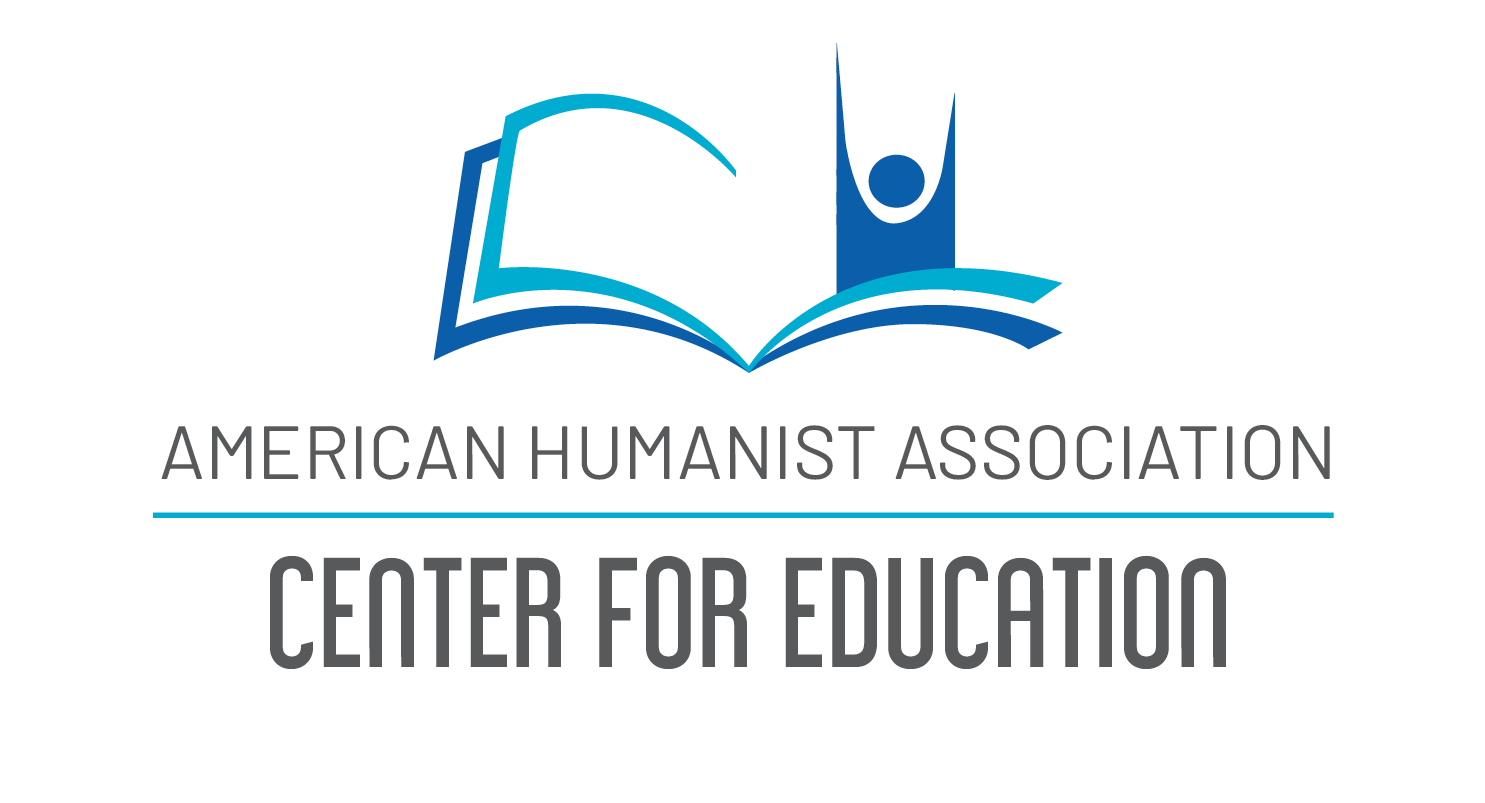Employ some backward planning with room for error to set a timeline and the date of the ceremony. This means charting the ceremony as the end point and plotting backward in time buckets (like weeks) to create the order of activities needed in preparation for the success of the event. Of course, you will want to also chart the activities of clearing and cleaning the space after the event to make the wrap up smoother and less wasteful, so plan for one time bucket after the event. For instance, will you distribute leftovers within the event? If so, you need to add the acquisition of materials, ideally “green” take out containers, to your pre-event shopping list and schedule. Alternatively, you may decide to donate leftovers to a local shelter or community in need, in which case that needs to be researched ahead of time.
Some questions to consider, in any ceremony you adapt or create (and to discuss with a celebrant, if you choose) are:
- What is the purpose? What story are you telling? What meaning and values are you communicating?
- Who will be involved and what roles will they play? There may be a designated celebrant or facilitator. How will others participate? If and how children are involved, and how can you be mindful of their interests and needs?
- Who will be left out and how will you negotiate communication around that?
- What elements would make it feel inclusive to people of different ages, backgrounds, and familial/friend relationships? What needs do people have in order to participate and enjoy (i.e., sound, seating, visuals, etc.)?
- How will you prepare and follow-up? How will you thank people who participate/attend?
- What would make it beautiful, inspiring, and memorable? What would make it authentic and meaningful for you?
- What kind of documentation is important to you, e.g., guestbook, photography, photo booths, signing a poster, etc.?

